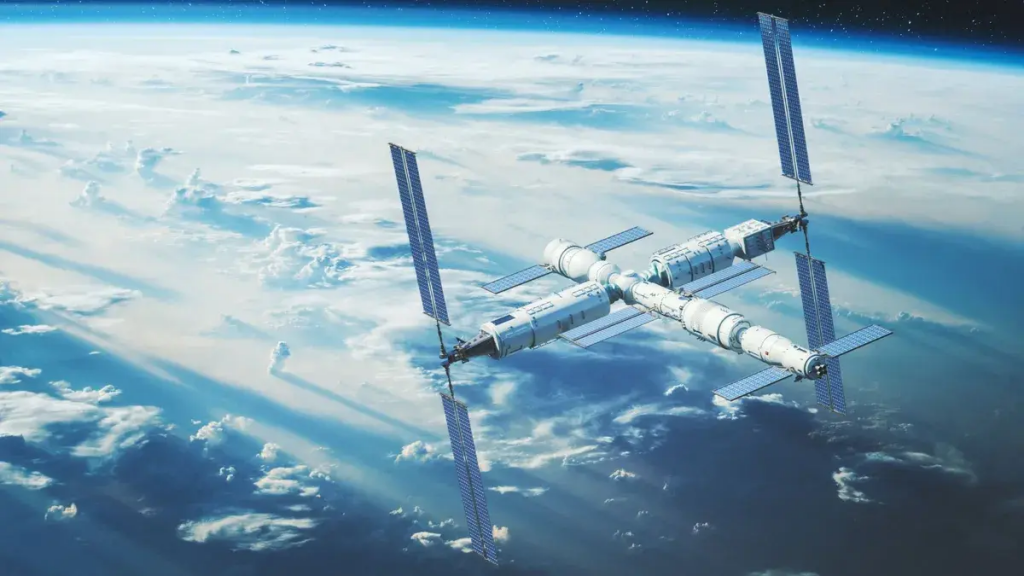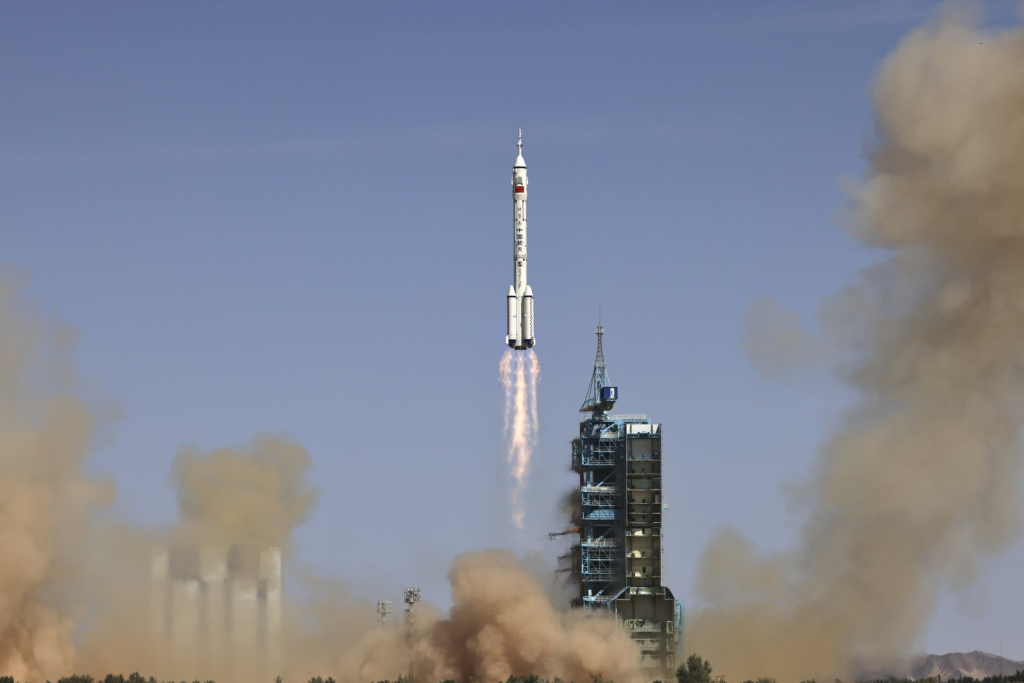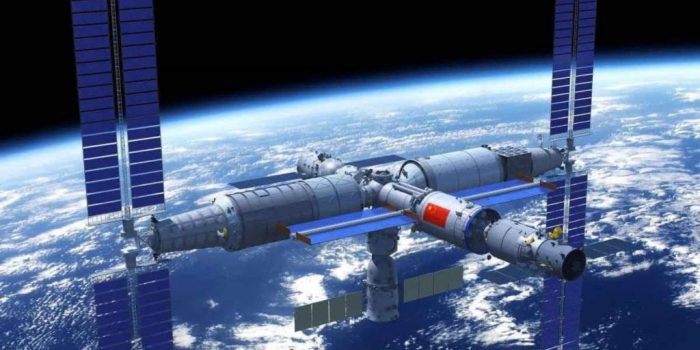China announced that its space station had achieved a significant milestone in space technology by producing 100 percent of its oxygen supply through onboard regeneration.
The environmental control and life-support system is a crucial component of China’s manned space missions, ensuring a safe and habitable working environment for astronauts. The system comprises six regeneration subsystems for oxygen production, carbon dioxide removal, harmful gas removal, urine treatment, water treatment, and water production with carbon dioxide and hydrogen.

According to Bian Qiang, director of the environmental control and life-support engineering office under the Astronaut Center of China, the system is currently in stable operation, with 100 percent of oxygen resources regenerated and 95 percent of water resources recycled, reducing the need for ground supplies by six tonnes every year. He added that the technology used in the system ranks among the best in the world.
China has successfully developed three generations of environmental control and life-support system for manned spacecraft, including the Shenzhou spacecraft, extra-vehicular spacesuits, and the three-module space station complex.

Experts have tackled many technical difficulties faced by the world since the launch of China’s space station mission, realizing the system’s transformation from “replenishment” to “regeneration,” making significant contributions to the construction of China’s space station.
In a video message, Commander Fei Junlong of the Shenzhou 15 crew expressed his honor to witness the transformation of the environmental control and life-support technology on the space station, compared to the Shenzhou-6 mission 17 years ago. He also mentioned that he felt good about working and living in space for more than 100 days.

The achievement of producing 100 percent oxygen through onboard regeneration is a significant step towards self-sufficiency in space, and China’s success in this area could lead to further advancements in space exploration.


